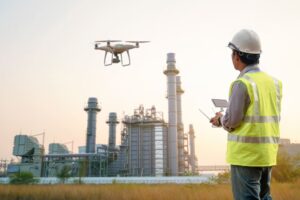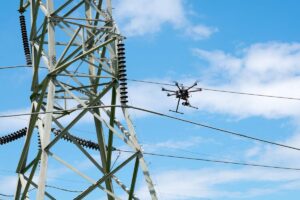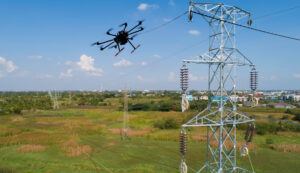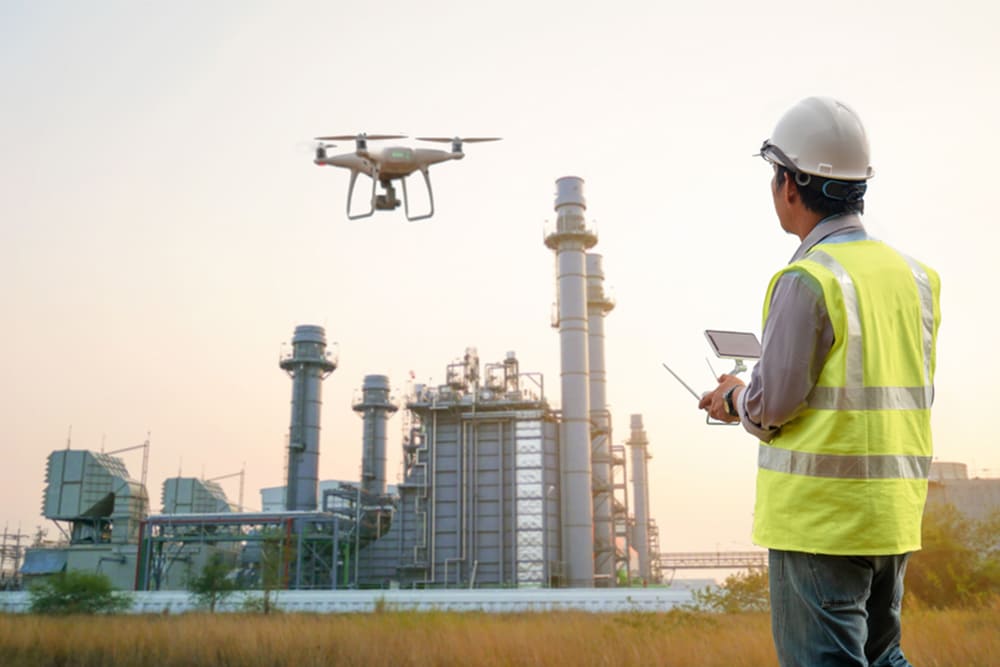In recent years, the power industry has witnessed a significant transformation thanks to technological advancements. One such innovation that has made a profound impact is the integration of drones into various aspects of power generation, transmission, and distribution. Drones, also known as Unmanned Aerial Vehicles (UAVs), are changing the game by offering unprecedented efficiency, safety, and cost-effectiveness. In this blog, we will explore how drones are revolutionizing the power industry and the myriad ways they are being utilized.
Infrastructure Inspections:
Drones are proving to be invaluable tools for inspecting power infrastructure such as transmission lines, towers, and substations. Traditionally, these inspections were conducted by human workers using helicopters or ground-based methods, which were not only time-consuming but also posed significant safety risks. Drones equipped with high-resolution cameras and sensors can now efficiently inspect power infrastructure, identifying potential issues such as wear and tear, corrosion, or damaged equipment. This not only reduces downtime but also enhances worker safety.

Routine Maintenance:
Regular maintenance is crucial for the smooth operation of power facilities. Drones equipped with specialized tools and equipment can perform routine maintenance tasks, such as cleaning solar panels or wind turbine blades, in a fraction of the time it would take traditional methods. This not only increases operational efficiency but also ensures optimal energy output.
Mapping and Surveying:
Drones equipped with advanced mapping and surveying capabilities are being employed to create detailed topographical maps and 3D models of power plant sites. This aids in site planning, design, and optimization, allowing for better decision-making in the construction and expansion of power infrastructure. Accurate mapping also facilitates better disaster management and response planning.

Thermal Imaging for Equipment Health:
Infrared cameras mounted on drones enable the capture of thermal images, which can be instrumental in assessing the health of power equipment. By detecting anomalies in temperature, drones can identify potential issues such as overheating components or failing insulation. Early detection allows for proactive maintenance, preventing costly equipment failures and minimizing downtime.
Environmental Monitoring:
Drones are being used to monitor the environmental impact of power generation facilities. They can assess air and water quality, detect pollution, and survey wildlife in the vicinity of power plants. This data is crucial for ensuring compliance with environmental regulations and implementing measures to mitigate the impact on the ecosystem.

Emergency Response:
In the event of a power outage or other emergencies, drones equipped with communication devices and sensors can quickly survey affected areas. They can provide real-time data to utility companies, helping them assess the extent of the damage and plan effective response strategies. This enables faster restoration of power and improved coordination during emergencies.
Conclusion:
As the power industry embraces technological innovations, drones have emerged as powerful tools for improving efficiency, safety, and sustainability. The integration of drones into routine operations, inspections, and emergency response has become a game-changer, offering a glimpse into a future where power generation is not only more reliable but also environmentally conscious. As drone technology continues to evolve, we can expect even more innovative applications that will further revolutionize the power industry.



